C ONTENTS
About the Book
Ever wondered how to predict the weather just by looking at the sky?
Or wanted to attract butterflies to your garden?
Is there a knack to building the perfect bonfire?
And how exactly do you race a ferret?
In this world of traffic tailbacks, supermarket shopping and 24-hour internet access, its easy to feel disconnected from the beauty and rhythms of the natural world.
If you have ever gazed in awe at stars in the nights sky, tried to catch a perfect snowflake or longed for the comfort of a roaring log fire, then this is the book for you. From spotting Britains five kinds of owl to gardening by the phases of the moon, and from curing a cold to brewing your own ale, Red Sky at Night is packed with instructions and lists, ancient customs and old wives tales, making it an indispensable guide to countryside lore.
About the Author
Jane Struthers lives in rural East Sussex. A professional writer, she shares her 17th-century cottage and organic garden with her husband and two cats.
In memory of Bert Tanner, my great-uncle and godfather, who loved the countryside
F OREWORD
When two Englishmen meet, their first talk is of the weather.
D R S AMUEL J OHNSON
BRITAIN HAS MANY traditions, but this is one of the most sacrosanct. How else can we get through those awkward silences that have a habit of springing up? Besides, the weather changes so frequently in Britain that there is usually something to say about it. Most of us rely on official weather forecasts to tell us what to expect, but in the days before television, radio and even newspapers, it was essential to be able to predict the weather oneself. Farmers, sailors and other people whose livelihoods and possibly even their lives depended on the weather were expert at reading the sky and noticing other indications of changing conditions.
Today, the ability to predict the weather by sniffing the air, looking at the clouds and observing the activity of insects is fast disappearing. Our lives are so hectic that we often dont have the time to notice whats going on around us. Many other aspects of country knowledge are being lost, too, as we become more disconnected from our surroundings.
Red Sky at Night is rich in the countryside wisdom that once we knew so well. Its a miscellany of information about the countryside and its lore, from the sensible to the fanciful, from the superstitious to the factual, that was once common knowledge but is now being forgotten. Here are the notions, beliefs, rules and facts that our forefathers lived by. They offer a link to a way of life thats gentle, measured, and governed by the rhythms of the seasons and the turning points of the year. They include recipes, instructions, lists, collections, stories, histories, ideas, calendars, traditions and many other things that I hope will inspire you, make you think or conjure up fascinating images of a lost world.
Jane Struthers
East Sussex
St Davids Day 2009
A LL C REATURES G REAT AND S MALL
Animals are such agreeable friends they ask no questions, they pass no criticisms.
M R G ILFILS L OVE S TORY , G EORGE E LIOT
W HAT DO YOU CALL A ?
SOME ANIMALS HAVE special names, according to whether theyre male, female or very young. So if you dont know that a tercel or a squab is, this is your chance to find out.
A S MAD AS A M ARCH HARE
IF YOUVE HEARD the phrase mad as a March hare, you may have wondered what it means. What exactly are March hares, and why are they mad?
 Boxing matches
Boxing matches 
Hares are a fairly rare sight in the British countryside, although that might be because from a distance they can be confused with rabbits. But not so each March and April, when hares behave in ways that have led to them affectionately being labelled as mad. Thats because each spring, in addition to chasing one another and leaping around, hares have boxing matches with each other. There is some debate about whether it is only male hares (bucks) that do this, or whether female hares (does) join in as well. Originally, boxing hares were thought to be two bucks sparring over a doe, but it is now believed they involve a doe fending off the unwanted advances of a buck because she isnt yet ready to mate with him. Perhaps this is her way of hitting her unwelcome admirer round the head with her handbag.
 Types of British hare
Types of British hare 
There are two breeds of hare in Britain. The brown hare (Lepus europaeus) occupies lowland areas of arable land and open grassland in England, Wales and Scotland, but is very rarely seen in Ireland. These animals are active during the morning and evening, but literally lie low during the day they like to stretch out in fields, with their ears laid flat along their backs, in shallow depressions known as forms. They have brown coats, long ears (much longer than a rabbits) with black tips, and long back legs.
The mountain or blue hare (Lepus timidus) lives in the Scottish Highlands, keeping well out of the way of potential predators such as eagles. This hares coat changes colour according to the season: its brown in the summer, white in the winter to provide camouflage against the snow, and bluish in the spring and autumn because the brown of the summer coat mingles with the white of its winter fur.
B EE LORE
BEES ARE AMONG the busiest creatures in our gardens and in the wild, and also some of the most important because they pollinate so many plants. In years gone by, many gardeners kept their own beehives , which provided a welcome supply of honey that could be used in many different ways. For instance, the honey was eaten and the wax coating on the combs was made into candles. In return, there was a strict etiquette in looking after bees and many people still practise it, with excellent results.
 Informing the bees
Informing the bees 
Bees were once often referred to as little servants of God or small messengers of God, names which meant they had to be accorded due respect. One of the most important tasks of any beekeeper was to keep his or her bees informed of the latest news, because they were part of the family and it was only polite to keep them up to date. If someone died, the bees had to be told, often by someone tapping gently on their hive with a front-door key and then explaining what had happened. If you failed to tell the bees about a death, the penalties could be severe. At the very least, the hive might swarm and vanish. Much worse, there might be another death in the family. In some parts of the country, the hive was draped in black crpe to signify mourning.

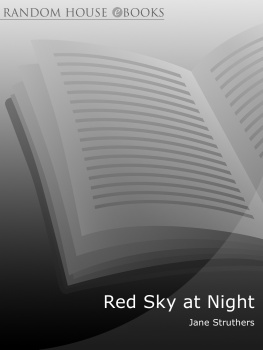
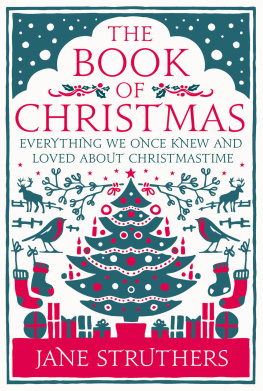

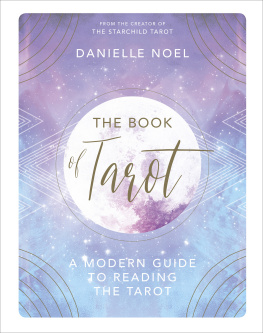
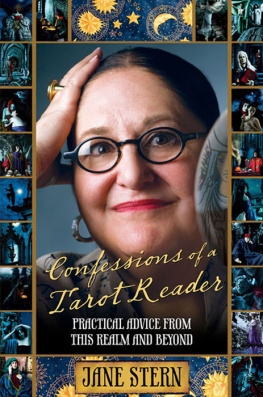



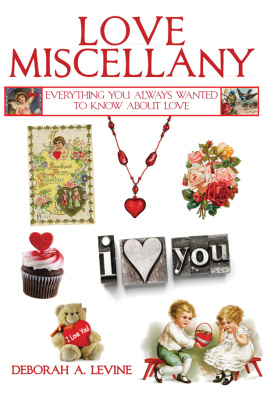
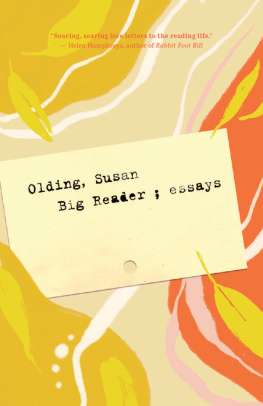
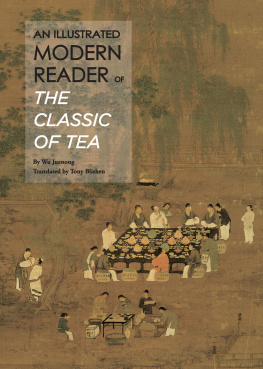





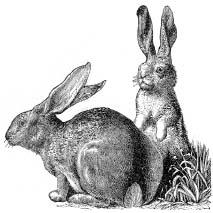
 Boxing matches
Boxing matches 